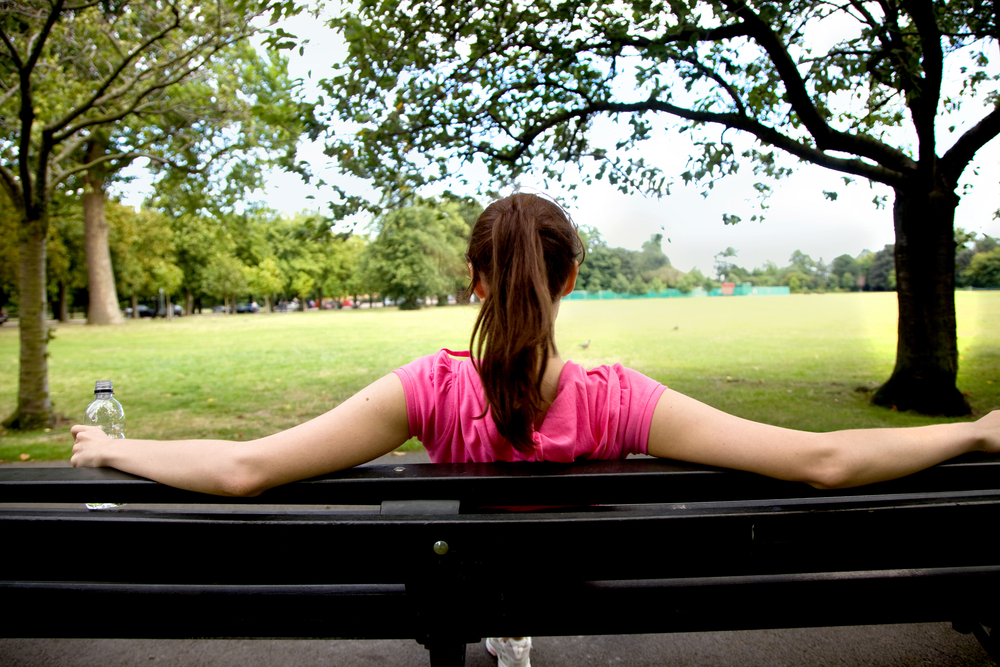Choosing Outdoor Site Furnishings
Posted by May Recreation Content Team on

Outdoor site furniture includes tables, benches, bike racks, bollards, and trash receptacles. We, at May Recreation, believe they’re an essential element for social spaces like parks, playgrounds, and running/bike paths, which create opportunities for interaction and help build a community.
Site furniture should be immovable to prevent theft and highly durable to ensure it lasts for years of heavy public use while remaining exposed to the weather. This post highlights products you can use to update your outdoor space, including factors to consider when making your selection.
Function
The function of site furnishings will typically be the most important consideration for choosing new products for an outdoor space. For example, the general purpose of a bench is for people to sit on, but factors like location and the type of people who will use it greatly affect the best choice.
Benches require a backrest when they’re by themselves, but this feature may be unnecessary if it’s against a wall. Trash receptacles are available in a variety of capacities, lid types, and maintenance requirements. The most advanced models also have smart technology that allows you to monitor them remotely.
Material
Climate and environment are the most important factors to consider when selecting the material for outdoor site furnishings. Material choices generally fall into the categories of metal, wood, and plastic.
Metal
Metal furnishings may be made of aluminum, iron, and steel. Steel is the most durable option, so it’s the best choice for harsh environments. It resists impact, making it difficult to dent. The addition of a small amount of chromium creates stainless steel, which also resists rust and other types of corrosion. Steel, therefore, requires little maintenance, but is also the most expensive metal option.
Cast iron is most common for decorative furniture, due to its antique aesthetic. It’s also a good choice for intricate designs and shapes since it can be poured into molds that retain a lot of detail.
Aluminum is a lightweight metal that doesn’t rust. It’s less expensive than steel and is most useful for applications where structural strength isn’t the most critical factor. Aluminum benches and bike racks are easy to move and hold up well in poor weather.
Wood
Wood is a classic material for outdoor furnishings, primarily benches and tables. It’s completely biodegradable and sustainable, making it the most popular choice when environmental concerns are the most important consideration.
The durability of wood is highly dependent upon the type of tree it comes from, with hardwoods like oak being the strongest. Humidity extremes are hard on wood furniture since humid climates can cause mold and rot. On the other hand, dry climates can cause wood to crack.
Plastic
Plastic furnishings are often made of a composite material that can be dyed to look like wood that doesn’t have splinters. It isn’t biodegradable, but these furnishings can be made of recycled plastic, which reduces the environmental impact of this material. Plastic is also a good substitute for wood because it’s flexible and requires little maintenance.
Maintenance
Maintenance is a vital aspect of outdoor furnishings that depends on the material. For example, wood furnishings typically need protection with paint or some other type of oil coating. This coating must be periodically reapplied, especially in areas with frequent rain.
Non-stainless steel and iron also need a coating to prevent rust, particularly if they’re close to the ocean. In the case of bollards and other furnishings that require great structural strength, a powder coating creates a hard shell that will protect the furnishing for many years. In addition, a powder coating is less prone to chipping and flaking than paint.
Looking to add furnishings to your outdoor space? Contact May Recreation today to get started.
